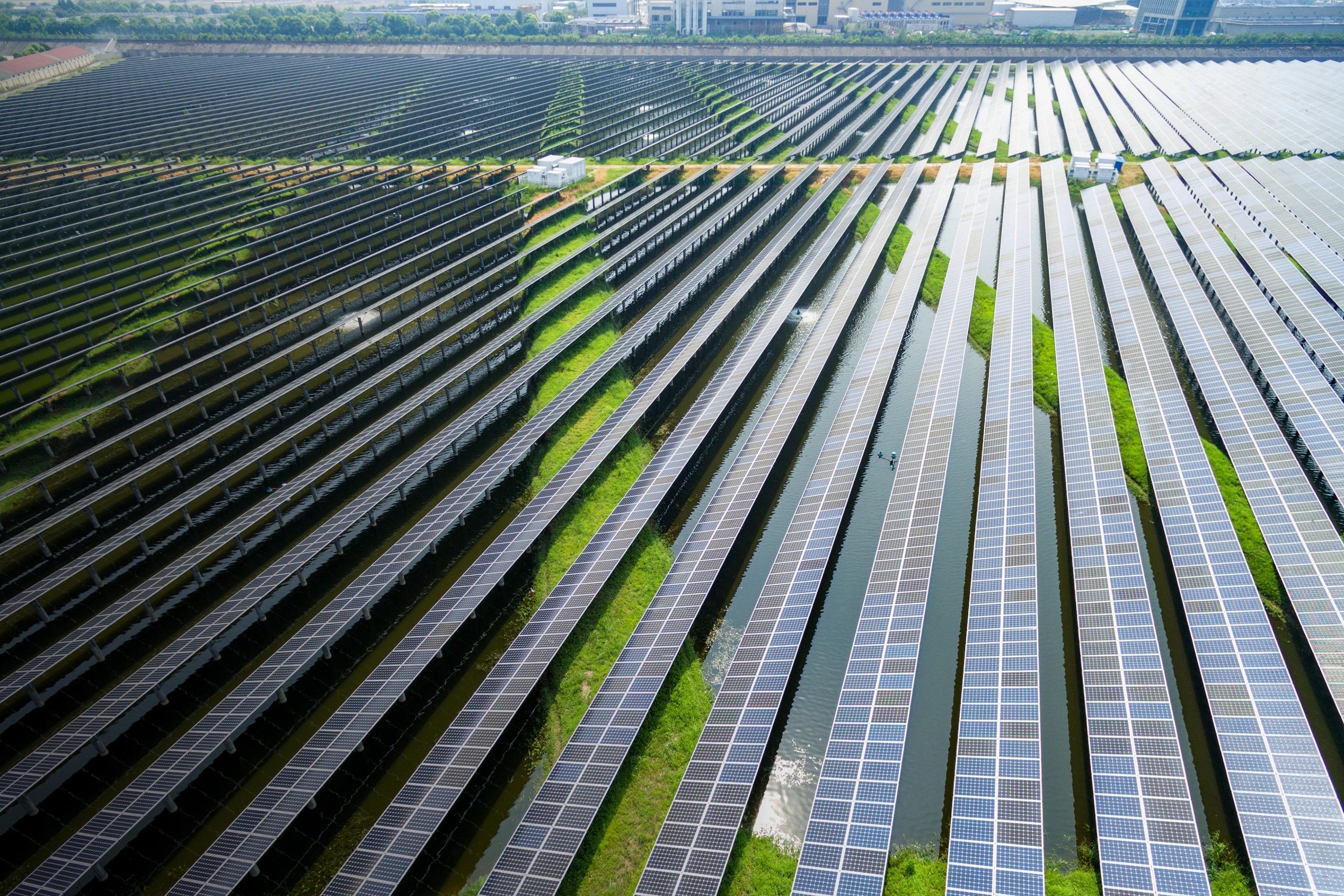6 Reasons Why Electrical Failure Analysis is a Game-Changer for Renewable Energy Systems
Renewable energy systems have gained tremendous momentum in recent years, with Singapore being at the forefront of sustainable energy adoption.
From solar panels to wind turbines, these systems are not only environmentally friendly but also financially viable in the long run. However, like any technological infrastructure, renewable energy systems are prone to electrical failures that can hinder their performance and efficiency.
This is where electrical failure analysis steps in as a game-changer, helping the industry overcome setbacks and optimize their systems.
This article delves into the reasons why electrical failure analysis is of paramount importance in the context of renewable energy systems. Furthermore, by exploring different viewpoints, we will shed light on the significance of this analytical approach for the future of sustainable energy in Singapore.
The Cost of Electrical Failures: Financial and Environmental Implications
When it comes to renewable energy systems, electrical failures can be highly detrimental both commercially and ecologically. These failures can significantly impact the overall performance of energy generation and can also result in system downtime, leading to financial losses for energy providers.
Moreover, failures in renewable energy systems can derail the progress made towards a greener future, hampering efforts to reduce carbon emissions and combat climate change.
By conducting electrical failure analysis, these issues can be effectively addressed.
Through detailed diagnostics and troubleshooting, the root causes of electrical failures can be identified, allowing for targeted remediation and improved system reliability.
Not only does this minimize financial losses, but it also ensures that renewable energy systems continue to contribute towards a sustainable future.
Maximizing Energy Output: Optimizing System Efficiency
Electrical analysis is an indispensable tool for optimizing the performance and efficiency of renewable energy systems.
By examining failures and identifying their causes, experts can uncover potential bottlenecks or inefficiencies within the system architecture.
This level of analysis enables energy providers to fine-tune their systems and maximize energy output, ensuring that every unit of renewable energy generated is utilized to its full potential.
For instance, through failure analysis, it may be revealed that a particular component or module in a solar panel system is underperforming.
By addressing this issue promptly, the energy provider can replace the faulty component, boosting overall output and improving the return on investment (ROI) in the long term.
Such data-driven insights garnered from electrical failure analysis allow for informed decision-making, paving the way for high-performing and sustainable renewable energy systems.
Proactive Maintenance: Reducing Downtime and Overall Costs
In any energy production system, downtime can be debilitating and expensive. By proactively leveraging electrical failure analysis, renewable energy system operators can address issues before they become major failures, thus reducing downtime and associated costs.
Consider a wind turbine farm that relies on a complex network of electrical components. A failure in one of these components can lead to a turbine shutting down, causing not only lost energy production but also the need for costly repairs.
By implementing routine electrical failure analysis, potential failures can be identified in advance, allowing for scheduled maintenance and avoiding unexpected downtime. This proactive approach not only saves costs but also enhances the overall reliability and operational efficiency of renewable energy systems.
Predictive Maintenance: Extending the Lifespan of Renewable Energy Systems
Electrical failure analysis also equips energy providers with the ability to predict failure patterns and trends, enabling them to implement proactive maintenance strategies. By leveraging historical failure data, system operators can identify common failure modes or patterns, making it possible to take preventive measures.
For example, extensive failure analysis of solar panels may reveal that a specific type of corrosion is affecting a large number of modules. Armed with this knowledge, Wintech Nano, the energy provider, takes precautionary steps to prevent such corrosion from occurring or escalating, thus extending the lifespan and durability of the renewable energy system.
Safety Assurance: Protecting Workers and End-users
Electrical failures in renewable energy systems can pose safety risks for both workers and end-users. An example of this is the potential for electric shock or fires caused by faulty wiring or equipment. Electrical failure analysis acts as a safety net, ensuring that potential hazards are identified and rectified before they lead to accidents.
By conducting thorough analyses, energy providers can ensure that all electrical safety protocols are followed, reducing the risk of injury or damage. This emphasis on safety not only protects workers but also instills confidence in end-users, fostering increased acceptance and adoption of renewable energy technologies.
Regulatory Compliance: Meeting Industry Standards and Requirements
In Singapore, as with any other country, renewable energy systems must adhere to strict industry standards and regulatory requirements. Electrical failure analysis plays a crucial role in verifying compliance, ensuring that all systems operate within the confines of prevailing guidelines and safety regulations.
By incorporating detailed failure analysis, industry players can demonstrate their commitment to the highest standards of quality and safety. This not only helps to meet regulatory obligations but also builds trust and credibility among stakeholders, further facilitating the growth of renewable energy projects in Singapore.
Personal Perspective: The Importance of Electrical Failure Analysis
As someone who has closely observed the shift towards renewable energy systems, I am a firm believer in the transformative power of analytical approaches such as electrical failure analysis. While technological advancements continue to drive innovation in the renewable energy sector, the ability to diagnose and rectify failures efficiently and effectively remains paramount.
Having witnessed firsthand the impact of electrical failures on renewable energy projects, I am convinced that electrical failure analysis is a game-changer. It not only saves time, money, and resources but also promotes the sustainable growth of the industry. By taking advantage of failure analysis techniques, the renewable energy sector in Singapore can forge a new path towards a greener and more resilient future.
Conclusion
Electrical failure analysis with the support of Wintech Nano can be a game-changer for renewable energy systems in Singapore. By identifying and rectifying failures, industry players can minimize risks, optimize system efficiency, reduce downtime, and ensure compliance with regulations. Moreover, failure analysis enables predictive and proactive maintenance, extending the lifespan of renewable energy systems while enhancing safety and reliability.
As Singapore continues to embrace renewable energy solutions, it is imperative that electrical failure analysis takes center stage. By recognizing its importance and harnessing its capabilities, the nation can lead the way in sustainable energy production and set an example for the rest of the world.







